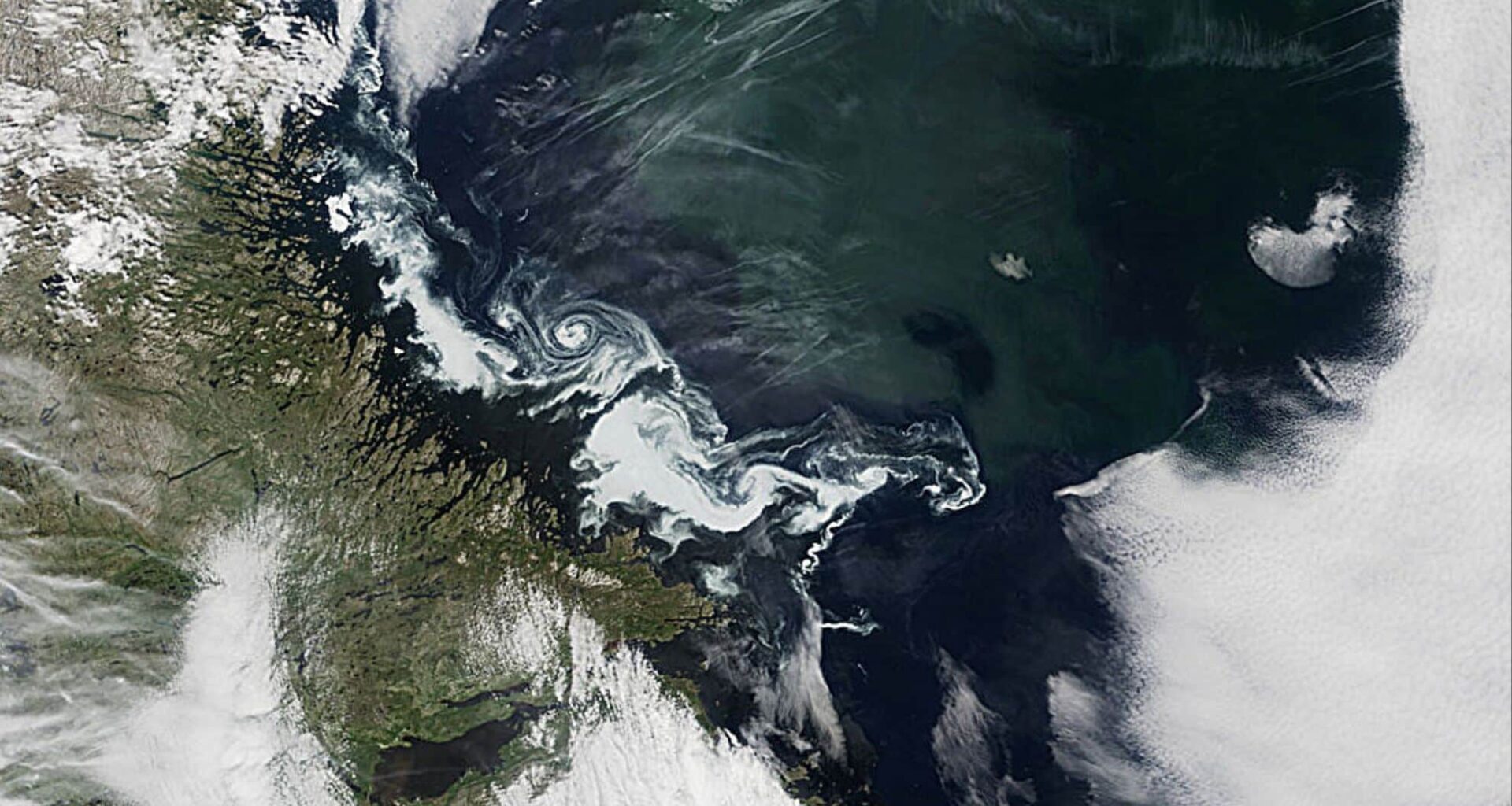A recent study published in Geophysical Research Letters reveals how shifts in water density in the subpolar North Atlantic can rapidly influence the strength of the Atlantic Meridional Overturning Circulation (AMOC), a critical ocean current system that redistributes heat and carbon around the planet. This research, led by T. Petit and colleagues, leverages high-resolution climate models combined with observations from the Overturning in the Subpolar North Atlantic Program (OSNAP) to unravel the connections between changes in the northern reaches of the Atlantic and midlatitude circulation strength.
Understanding the AMOC and Its Global Role
The Atlantic Meridional Overturning Circulation is a large-scale ocean current system that transports warm, salty surface water northward from the tropics toward higher latitudes, where it cools, sinks, and returns southward as deep, cold water. This continuous loop is essential to regulating Earth’s climate by transferring heat and carbon, as well as distributing nutrients critical for marine ecosystems. Changes in AMOC strength have profound implications for weather patterns, sea level rise, and the carbon cycle. Despite decades of study, how variations in the AMOC at high northern latitudes influence circulation strength farther south has remained unclear until now.
This study focuses on the region near 45°N latitude, a midlatitude zone, and the subpolar North Atlantic, where the water begins to sink and form the return flow. By examining detailed observations from OSNAP—a network of moorings and autonomous vehicles deployed across the Labrador Sea between Greenland and Scotland—combined with climate model simulations, the researchers have provided new insights into how variations in water density at the high latitudes drive changes in the AMOC strength downstream.
Key Findings on Water Density and Circulation Dynamics
The team discovered that variations in the density of the sinking water in the subpolar North Atlantic have a direct influence on AMOC strength at midlatitudes. Interestingly, the strength of the AMOC measured at subpolar latitudes itself does not predict the midlatitude AMOC strength. Instead, it is the density gradient of this water mass that matters. This density is shaped by atmospheric conditions, particularly changes in atmospheric pressure which affect wind stress and buoyancy at the ocean surface.
Within about one year, these density anomalies propagate southward along the far western side of the North Atlantic. This movement steepens the density gradient at midlatitudes, which in turn modulates the strength of the AMOC in that region. The study thus reveals a rapid connection between northern ocean density changes and downstream current variability, emphasizing the dynamic interplay between atmospheric forcing and ocean circulation.
Implications for Monitoring and Future Climate Projections
These findings have major implications for ocean observation strategies and climate forecasting. The researchers suggest that monitoring density changes in the subpolar North Atlantic with networks like OSNAP could provide an early indicator of AMOC strength variations farther south. This could improve predictions of future climate conditions, as the AMOC influences temperature and weather patterns over large parts of the Northern Hemisphere.
The research also informs the design of future ocean monitoring systems, stressing the importance of high-resolution and spatially distributed observations. As the ocean’s role in climate continues to be a central question, understanding how fast and through what mechanisms the AMOC responds to environmental changes is critical for anticipating the impacts of ongoing global warming.
